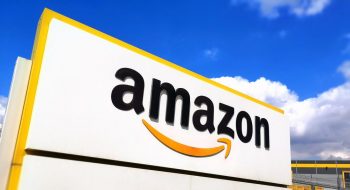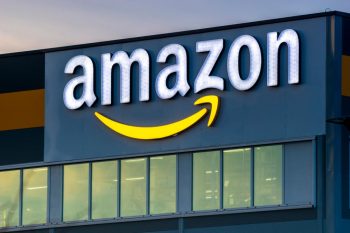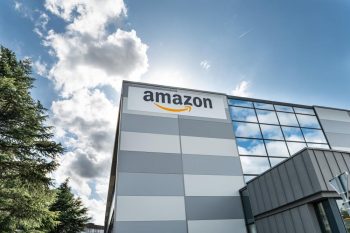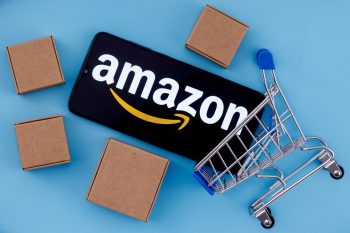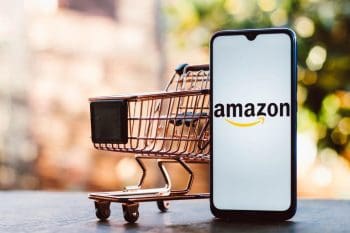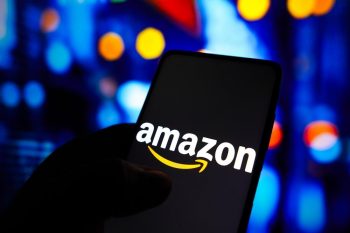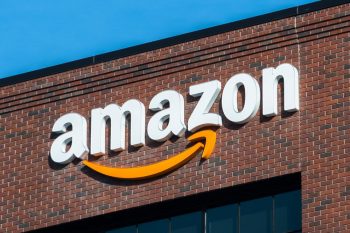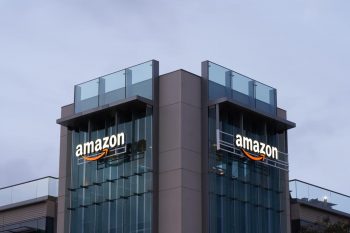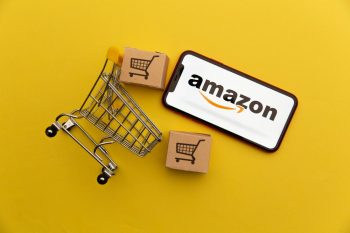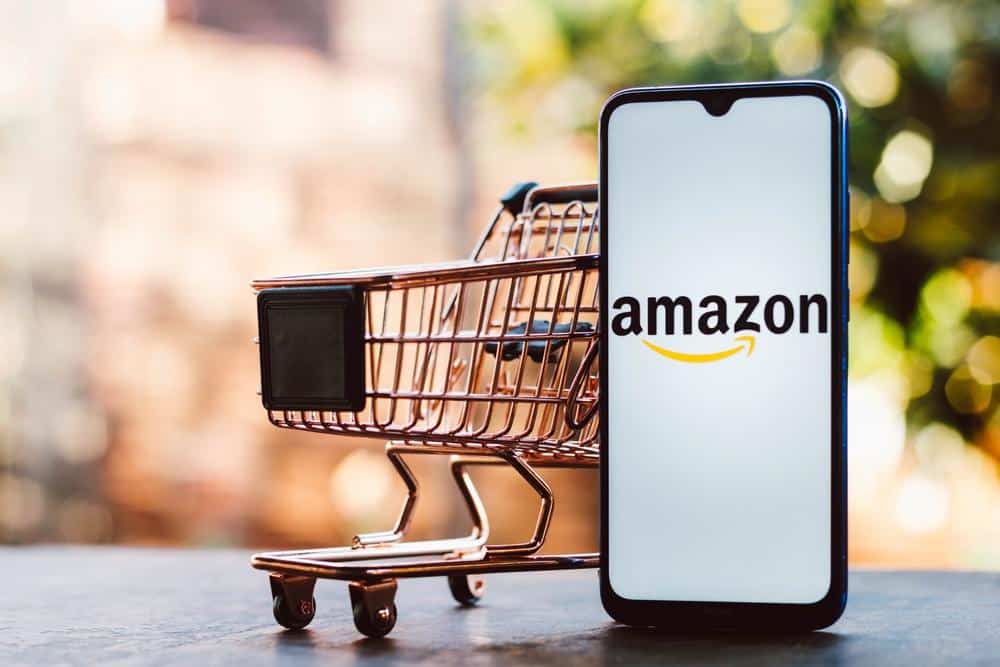
Fulfillment by Amazon (FBA) is a powerful tool for e-commerce businesses looking to increase their customer reach and streamline their order fulfillment processes. However, the process of shipping products to Amazon FBA can seem complex, especially for new sellers. This comprehensive guide will walk you through each step of the process to help you successfully ship your products to Amazon FBA.
Shipping to Amazon FBA involves setting up an Amazon Seller account, adding products to FBA, preparing your products according to Amazon’s requirements, creating a shipping plan in Seller Central, choosing a carrier, and sending your inventory to Amazon’s fulfillment centers. It’s important to understand the associated costs and to optimize your product listings for better visibility and profitability.
What is Amazon FBA and How Does It Work?
Amazon FBA, or Fulfillment by Amazon, is a service provided by Amazon that allows sellers to store their products in Amazon’s fulfillment centers. Amazon then takes care of storage, packaging, shipping, and customer service, allowing sellers to focus on growing their business.
When a customer places an order, Amazon employees pick, pack, and ship the product. They also handle any returns and customer inquiries. This level of service provides sellers with more time to focus on other essential aspects of their business, such as product sourcing and marketing.
Benefits of Using Amazon FBA
Amazon FBA offers a host of benefits for sellers:
- Hassle-Free Fulfillment: Amazon handles shipping, returns, refunds, storage, and packaging.
- Increased Sales: Products fulfilled by Amazon are eligible for Amazon Prime, which can boost sales.
- Customer Service: Amazon manages customer inquiries, refunds, and returns for FBA orders.
How to Get Started with Amazon FBA
To get started with Amazon FBA, you need to follow a few steps:
- Set Up Amazon Seller Account: Sign up for a professional account to become an FBA seller.
- Add Products to FBA: Register your brand and buy UPC codes for your products, then create a new product listing on Amazon.
- Prepare and Ship Products to Amazon: Ensure your products meet Amazon’s packaging requirements and create a shipping plan in Seller Central.
Shipping Products to Amazon’s Warehouse
Shipping products to Amazon’s warehouse involves several steps:
- Prepare Your Products: Ensure your products are new, in good condition, and meet Amazon’s requirements.
- Create a Shipping Plan in Seller Central: Provide information about the products you’re sending, their quantities, and how they’re packed in each shipping box.
- Choose a Carrier: Select a carrier to ship your products to Amazon’s fulfillment centers.
- Send Inventory to Amazon Fulfillment Centers: Follow Amazon’s inbound shipping requirements to avoid any delays or additional fees.
Handling Returns and Customer Service
When a customer requests a return, Amazon immediately takes the return funds from the seller’s upcoming disbursement and provides the customer with a shipping label to return the item. Amazon processes and handles all returns, managing customer inquiries 24/7 via phone, chat, or email.
Understanding the Costs of Amazon FBA
Amazon FBA involves various costs, including selling plans, referral fees, fulfillment fees, and storage fees. Understanding these costs is crucial for maintaining profitability.
Avoiding Common Mistakes
To avoid common mistakes when using Amazon FBA:
- Research Your Niche: Identify less competitive niches for a higher chance of success.
- Optimize Product Listings: Improve your product titles, descriptions, and keywords for better visibility.
- Improve Product Photography: High-quality images can enhance your product listings and attract more customers.
- Use Repricing Software: Automate your pricing strategy to stay competitive and increase your profit margins.
Maximizing Profits with Amazon FBA
To maximize profits with Amazon FBA:
- Sell Small and Lightweight Products: These products incur lower storage and shipping fees.
- Research Profitable Products: Identify products with high demand and low competition.
- Optimize Product Listings: Well-optimized listings rank higher in search results and attract more customers.
- Track Your Sales Data: Analyze your sales data to identify your most and least profitable items.
By following these strategies and tips, you can successfully navigate the process of shipping to Amazon FBA and maximize your e-commerce business’s profitability.
Frequently Asked Questions
What are UPC codes and why do I need them for Amazon FBA?
UPC stands for Universal Product Code. It’s a barcode symbol that is widely used in the United States, Canada, the United Kingdom, Australia, and other countries for tracking products in stores. Each UPC is unique to the product it’s attached to. When selling on Amazon FBA, each product you list must have a unique UPC, which Amazon uses to track your inventory and sales.
How do I choose the right carrier to ship my products to Amazon’s fulfillment centers?
Amazon provides a service called “Amazon Partnered Carriers” that offers discounted shipping rates for sending inventory to their fulfillment centers. However, you can also choose your own carrier. When selecting a carrier, consider factors like cost, reliability, and delivery speed.
Can I sell used products on Amazon FBA?
Yes, you can sell used products on Amazon FBA, but there are some restrictions. Some categories, like Beauty, Clothing, and Grocery, only allow new items. Other categories, like Books and Electronics, allow used items. It’s important to check Amazon’s guidelines for each category before listing used items.
How can I calculate my potential profits before starting with Amazon FBA?
Amazon provides an FBA Revenue Calculator that you can use to estimate your potential profits. The calculator considers factors like selling price, cost of goods, shipping to Amazon, Amazon referral fee, and FBA fees.
What is repricing software and how can it help increase my profit margins?
Repricing software is a tool that automatically adjusts your product prices on Amazon based on predefined rules and competitors’ prices. It helps you stay competitive, increase your chances of winning the Buy Box, and potentially increase your profit margins.

